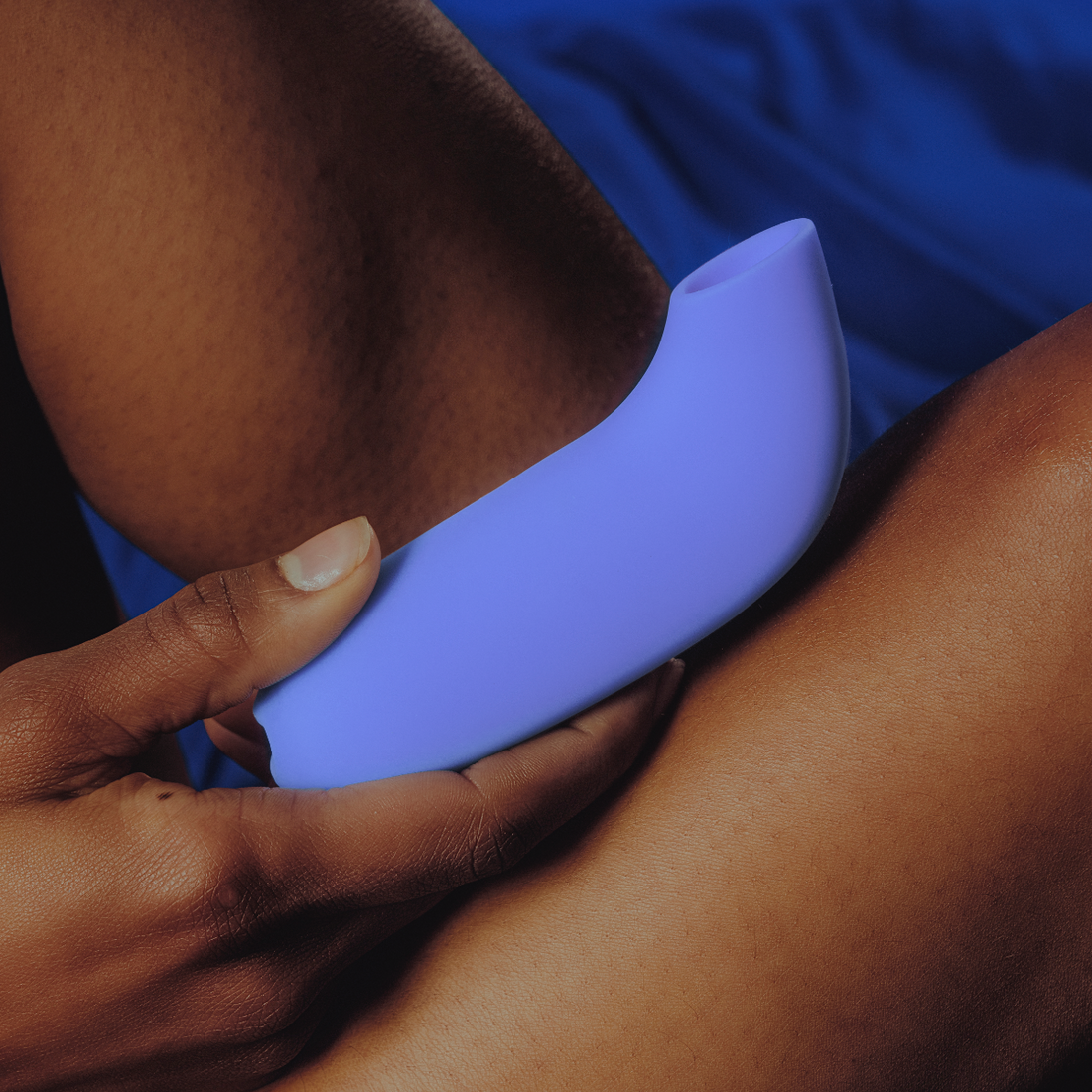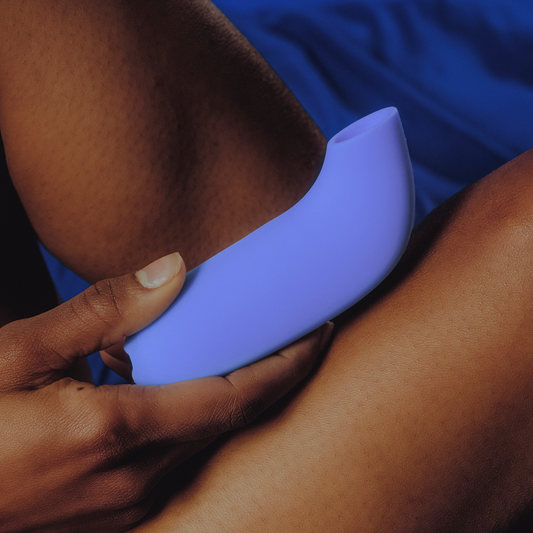How to Properly Kegel
First things first: let’s make sure you’re executing your kegel in the most efficient way possible. Contrary to popular belief, a kegel is not just squeezing your pelvic floor, it’s also lifting it. Because you’re working with an internal muscle group, it’s not easy to understand what proper contraction is supposed to feel like. So knowing what it’s not can be helpful in your trial-and-error process of figuring it out. A kegel is not squeezing your butt muscles or clenching your abs. Yes, there will be some co-contraction with the abs, because your pelvic floor is actually your most important core muscle. But done correctly, you won’t feel a pushing out on your low belly when you draw the pelvic floor up and in; you’ll feel a subtle corseting sensation around the waist. Try laying a hand on your belly and hugging the abs away from your hand, while lifting the belly button up towards the sternum. Don’t squeeze your butt, though, because then you’re compensating with your glutes and the pelvic floor isn’t getting in on any of the action. It’ll take some practice, but see if you can flex through the sphincter without squeezing the cheeks themselves. To find the right sensation, sit cross-legged on the floor. Add a cushion underneath your hips if they’re tight, so your knees are not higher than your hips and you’re able to sit comfortably on your sits bones. Visualize a tissue spread flat on the floor (or cushion) underneath the pelvic floor as you inhale. Then as you exhale, imagine drawing the tissue up inside you. For female genitalia, it will feel like you’re sucking the tissue in with your vagina; for male genitalia, it will feel like a “nuts to guts” lift. Another visual that works really well for those with vaginas is to imagine a straw in your vagina, and then try to contract around the straw while also sucking fluid into it at the same time. You can even build this practice into your self-pleasure time by experimenting with inserting a finger or your favorite Dame toy (I like the Arc!) and seeing if you can draw it in with the vaginal muscles.Pelvic floor control helps you pay attention to your bodily sensations, which is a powerful sensual experience in and of itself.To condition these muscles fully, you’ll want to practice quick pulses of contraction and slower holds, so that you’re building strength in both fast-twitch and slow-twitch muscle fibers. This will improve not just your ability to manage urine urgency, but also prevent the urine leakage that can accompany laughter, passing gas, sneezing, or doing high impact exercises.




























